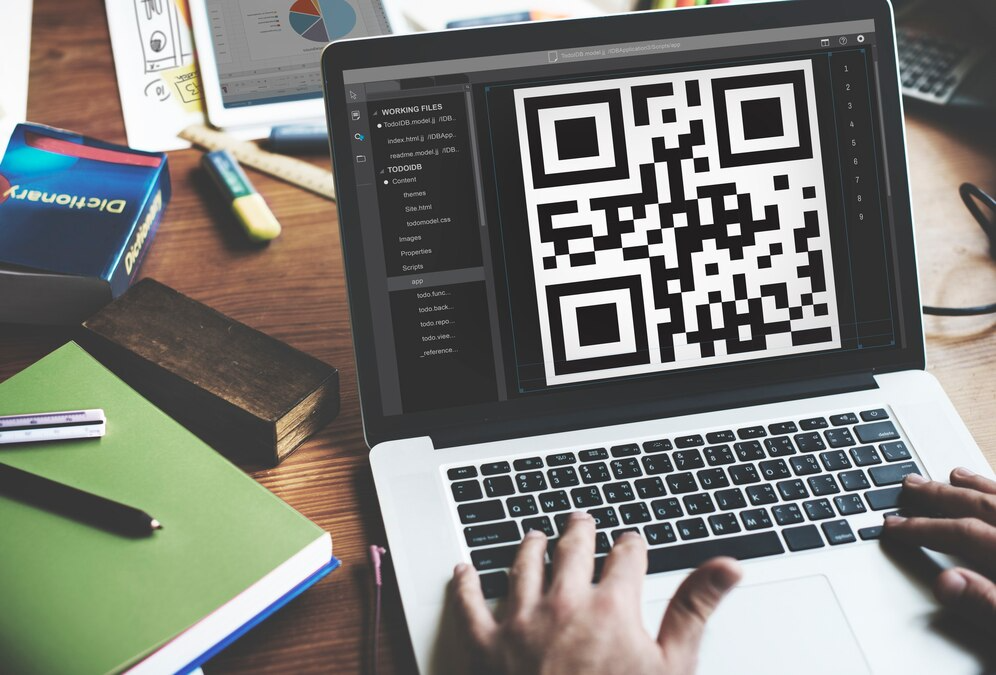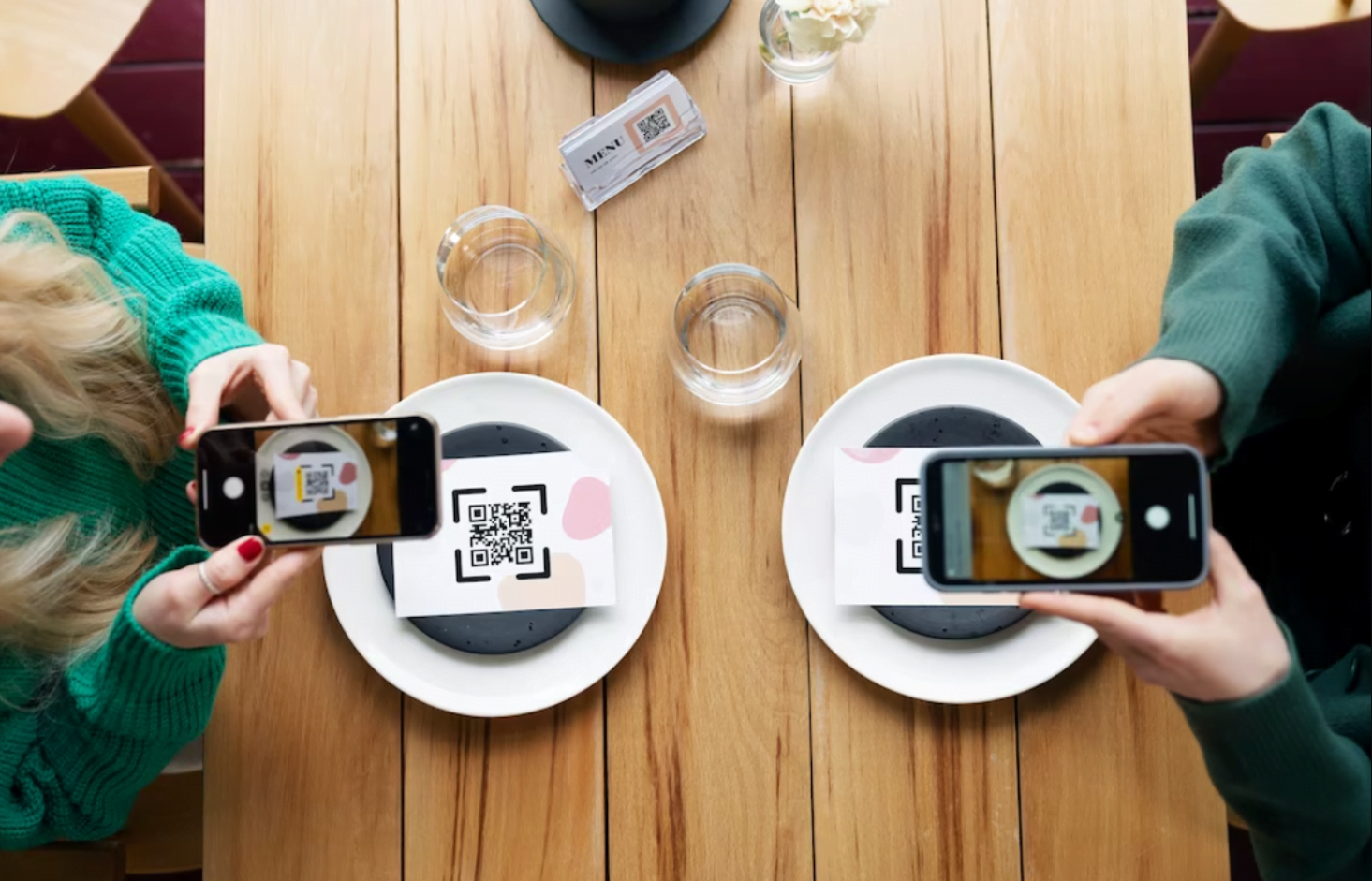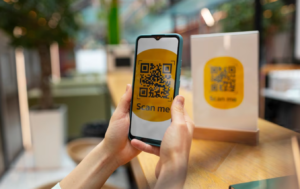In recent years, QR (Quick Response) codes have experienced a significant resurgence, becoming a familiar sight in our daily lives. These matrix barcodes offer a seamless bridge between the offline and online worlds, providing a range of benefits for both businesses and consumers. As we look ahead, it’s essential to explore the future of QR codes and understand how they will continue to shape various industries.
Introduction
QR codes have come a long way since their inception in the 1990s. Initially used in the automotive industry, these codes are now widely adopted across multiple sectors. Their ability to store information and facilitate quick and easy data exchange has contributed to their popularity. In this article, we will delve into the rise of QR codes, explore their applications, discuss advancements in QR code technology, and examine the challenges and concerns surrounding their use. Finally, we will explore the future possibilities that lie ahead for QR codes.
The Rise of QR Codes
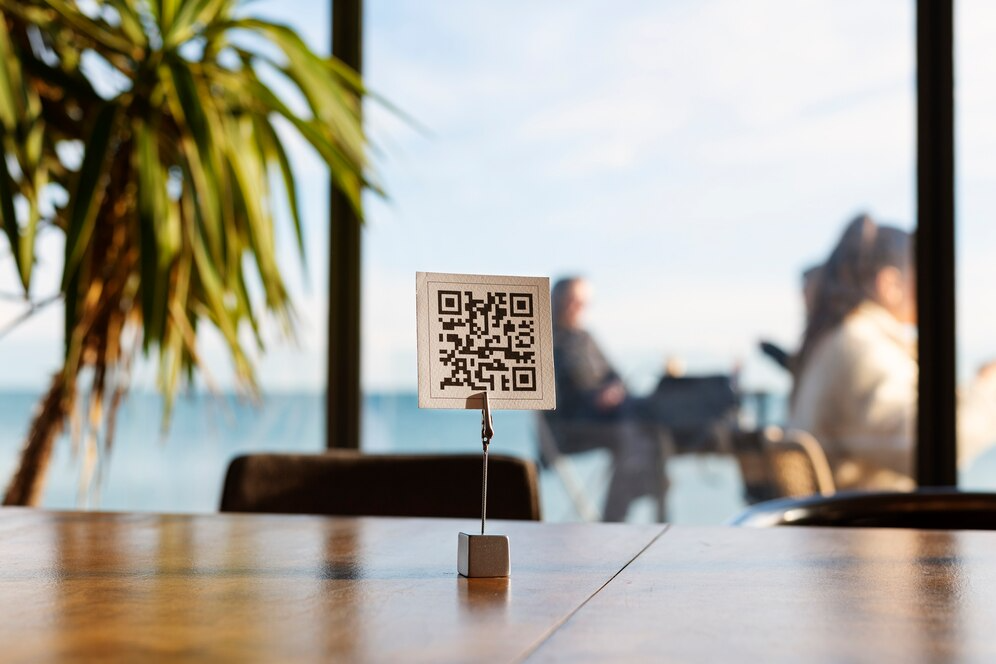
- Versatility and Convenience: One of the key reasons behind the rise of QR codes is their versatility and convenience. They can store various types of information, such as URLs, contact details, and product details. Users can easily scan these codes using their smartphones, enabling quick access to the intended content.
- Contactless Solutions: The global shift towards contactless experiences has further accelerated the adoption of QR codes. They provide a touch-free method for transactions, information retrieval, and interaction, making them particularly relevant in today’s health-conscious environment.
- Enhanced User Engagement: QR codes offer an interactive and engaging experience for users. They enable businesses to connect with their target audience in a more direct and meaningful way, providing additional information, exclusive offers, and interactive content.
Future Innovations and Trends
The future of QR codes looks promising, with several innovations and trends on the horizon. One exciting development is the integration of QR codes with artificial intelligence (AI) and the Internet of Things (IoT). This fusion will enable QR codes to interact intelligently with users and provide personalized experiences based on individual preferences and contextual information. Additionally, advancements in QR code technology will likely lead to enhanced error correction capabilities, allowing codes to remain scannable even if partially damaged or obstructed.
Integration of QR Codes with AI and IoT
The integration of QR codes with AI and IoT will unlock new possibilities across various industries. For instance, in retail, QR codes can enable personalized recommendations based on a customer’s shopping history and preferences. In smart cities, QR codes can provide real-time information about public transportation, parking availability, and tourist attractions. The combination of QR codes, AI, and IoT will foster a more connected and efficient ecosystem, enriching the user experience and driving innovation.
Enhancements in QR Code Technology
As QR codes continue to evolve, advancements in technology will enhance their capabilities. High-capacity QR codes will allow for even more data storage, enabling businesses to share comprehensive product information or multimedia content. Additionally, designers are exploring creative ways to incorporate QR codes into aesthetics, making them visually appealing and seamlessly integrated into various surfaces and objects.
Applications of QR Codes
- Marketing and Advertising: QR codes have become a powerful tool in marketing and advertising campaigns. They can be printed on physical advertisements, product packaging, or even embedded in digital content, leading users to specific landing pages, promotional offers, or interactive experiences.
- Retail and E-commerce: QR codes are revolutionizing the retail and e-commerce landscape. They streamline the purchasing process by allowing customers to scan codes to access product information, make purchases, and receive personalized recommendations, enhancing the overall shopping experience.
- Ticketing and Events: QR codes have simplified ticketing and event management. They enable organizers to issue digital tickets that can be easily scanned at entrances, reducing paper waste and enhancing efficiency.
- Health and Safety: QR codes have played a vital role in promoting health and safety measures, especially during the COVID-19 pandemic. They facilitate contactless check-ins, contact tracing, and access to health-related information, helping organizations maintain a safe environment for their customers and employees.
The Advancements in QR Code Technology
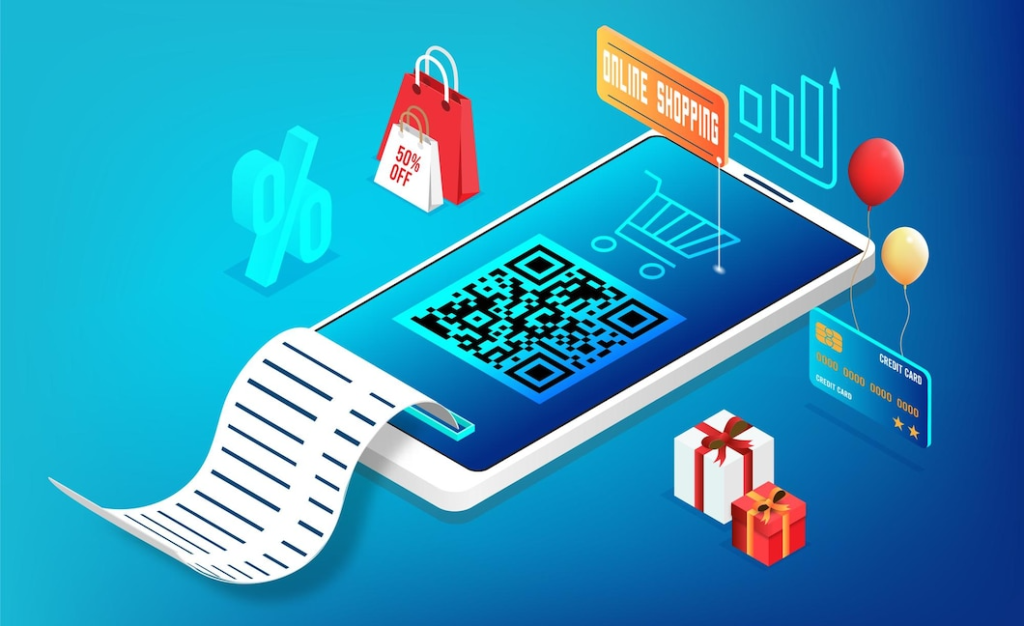
- Dynamic QR Codes: Dynamic QR codes allow for real-time changes to the content they link to. This feature enables businesses to update information without reprinting codes, providing flexibility and ensuring the accuracy of the linked content.
- Customized QR Codes: QR codes are no longer limited to their traditional black and white appearance. They can now be customized with colors, logos, and unique designs, allowing businesses to align them with their branding and improve recognition.
- QR Code Analytics: Advancements in QR code technology have also introduced analytics capabilities. Businesses can gather data on scans, user engagement, and conversion rates, allowing them to measure the effectiveness of their QR code campaigns and make data-driven decisions.
Challenges and Concerns
- Security and Privacy: As QR codes become more prevalent, concerns regarding security and privacy arise. Users need to be cautious when scanning codes from unknown sources to avoid potential scams or malicious activities.
- Lack of Awareness: While QR codes are gaining popularity, there is still a lack of awareness among some demographics. Educating users about the benefits and safe usage of QR codes is crucial for their continued adoption.
- Technical Limitations: QR codes rely on smartphone cameras and QR code scanner apps. Incompatibility issues with older smartphone models or a lack of QR code scanning functionality can limit the accessibility and usability of QR codes for some users.
The Future of QR Codes
- Integration with Augmented Reality: QR codes have the potential to merge with augmented reality (AR), creating interactive and immersive experiences. By scanning a QR code, users can unlock virtual content, access additional information, or participate in AR-based games or promotions.
- Blockchain and QR Codes: The integration of blockchain technology with QR codes can enhance security, transparency, and authenticity. QR codes can be used to verify the authenticity of products, track supply chains, or ensure the integrity of digital assets.
- Personalization and Interactivity: The future of QR codes lies in their ability to offer personalized experiences. By leveraging user data and preferences, businesses can deliver targeted content, offers, and recommendations through QR codes, fostering stronger connections with their audience.
FAQs
Are QR codes still relevant in the age of NFC technology?
Yes, QR codes remain relevant due to their ease of use, versatility, and widespread compatibility across devices. They offer advantages over NFC technology in terms of accessibility, cost-effectiveness, and the ability to store more information.
Can QR codes be scanned by all smartphones?
Most smartphones equipped with a camera can scan QR codes by using built-in QR code scanning functionality or third-party scanning apps. However, some older or less advanced models may not support this feature.
Can QR codes be used offline?
QR codes can be used offline to store information within the code itself. Scanning the code will reveal the stored data, even without an internet connection. However
Conclusion
QR codes have transformed the way we interact with information and businesses. Their versatility, convenience, and contactless nature have made them an integral part of various industries. As technology continues to evolve, QR codes will become even more powerful, enabling augmented reality integration, blockchain applications, and personalized experiences. However, challenges such as security, awareness, and technical limitations must be addressed to ensure their widespread adoption and success.






